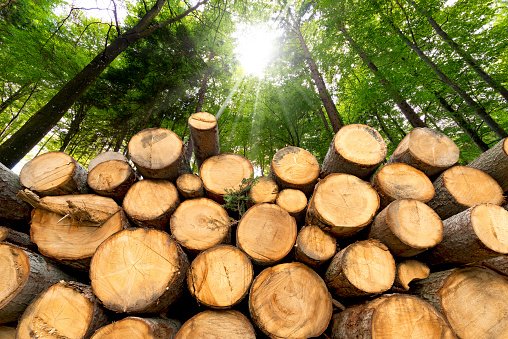Which Type of Wood Decking Is Right For Your Project?

When you're choosing wood for a deck, consider the color, grain pattern and durability of your chosen material. Cedar and redwood are both rich-grained hardwoods that are naturally resistant to rot and insects, but both require annual staining and refinishing to maintain their looks. However, both are less expensive than other types of decking, which makes them an affordable option for many homeowners. Read on to learn more about each type of wood and whether it's right for your project. Hardwood is the most durable type of wood actual measurements available and is usually more expensive. Composites are not as stable as wood, so they move with changes in temperature. Installing composite decking requires special tools, such as fasteners. You should use special fasteners that can prevent bumps around the screw heads. Also, if possible, use boards with the same texture so you can easily glue them together.
Some companies, such as Trex, have double-sided wood-grain finishes, which makes installation easier. Softwoods, such as pine, elm, and spruce, are another common choice for decking. They're easy to install and feel good under your feet, but are also relatively high maintenance. They can rot, splinter, and warp, and need annual cleaning. Additionally, wood tends to weather to a grayish color, so it needs to be refinished at least every two years. Pressure-treated lumber is another option. It's twice as strong as PVC and comes with a 25-year stain warranty.
However, pressure-treated wood can become brittle and need repair work, so it's wise to use a mask and gloves to avoid breathing in toxic fumes. Stainless steel fasteners are best for this type of wood. So, when choosing the perfect decking material, remember to consider its longevity and aesthetic appeal. Discover more facts about woods at https://www.britannica.com/technology/lumber. When it comes to price, the classic wood deck adds value to any home. A spacious, well-built deck is ideal for outdoor entertaining and can even add significant value to your home if you decide to sell. Wood decks often have a high return on investment (ROI), beating their composite counterparts by as much as 68 percent. The materials are cheaper to build than their composite counterparts and are more appealing to potential buyers. If you have the budget for it, pressure-treated lumber may be the best choice for your deck. Pressure-treated lumber is cheap and highly durable and is often referred to as "pressure-treated" lumber. Another option is cedar.
Pressure-treated lumber is less expensive and is made from cedar or redwood. Wooden decks can also be crafted from pressure-treated lumber. The difference is in the treatment process. For best results, pressure-treated lumber should be pressure-treated and should be sanded before use. Pressure-treated lumber is another popular choice. It is widely available, durable, and cheap. Pressure-treated lumber is treated to protect it from rot, fungus, and wood-boring bugs. However, the downside to pressure-treated lumber is its tendency to warp and split. Because of this, regular maintenance is needed to keep it in good condition. However, unlike pressure-treated lumber, composite decking requires less maintenance and is ideal for low-maintenance homes. See this site for information today!
